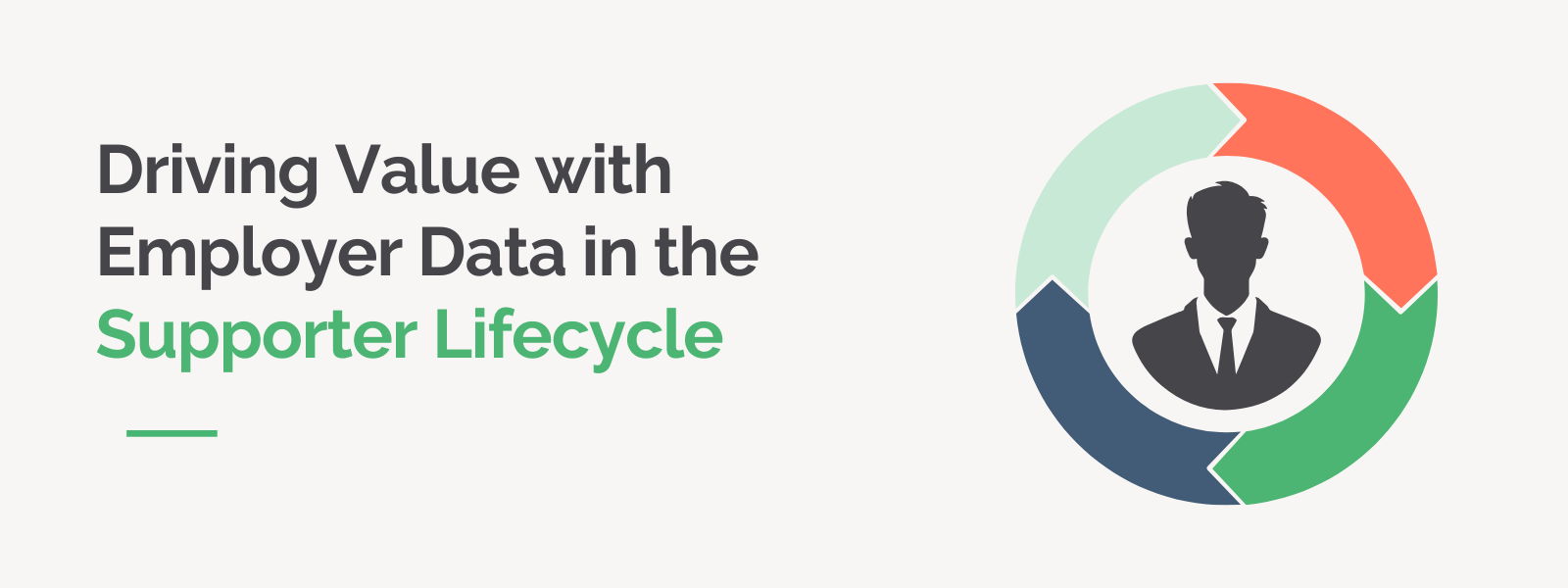 https://doublethedonation.com/wp-content/uploads/2025/03/DTD_Driving-Value-with-Employer-Data-in-the-Supporter-Lifecycle_Feature.png
600
1600
Adam Weinger
https://doublethedonation.com/wp-content/uploads/2025/11/DTD-horizontal-logo-300x63.png
Adam Weinger2025-03-17 20:55:192025-04-29 15:48:30Driving Value with Employer Data in the Supporter Lifecycle
https://doublethedonation.com/wp-content/uploads/2025/03/DTD_Driving-Value-with-Employer-Data-in-the-Supporter-Lifecycle_Feature.png
600
1600
Adam Weinger
https://doublethedonation.com/wp-content/uploads/2025/11/DTD-horizontal-logo-300x63.png
Adam Weinger2025-03-17 20:55:192025-04-29 15:48:30Driving Value with Employer Data in the Supporter Lifecycle![Driving Donor Retention With Matching Gifts [A Guide]](https://doublethedonation.com/wp-content/uploads/2015/09/DTD_Driving-Donor-Retention-With-Matching-Gifts-A-Guide_Feature.png)
Driving Donor Retention With Matching Gifts [A Guide]
In recent years, donor retention rates have been hovering slightly…
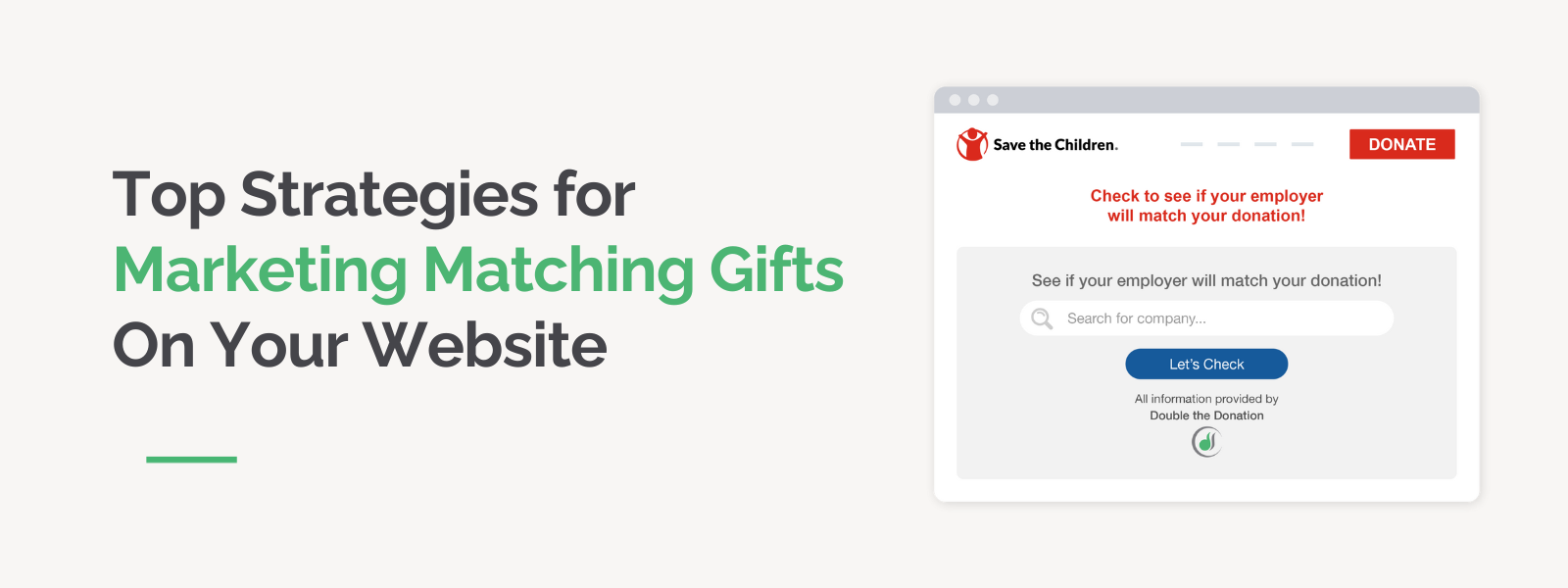
Top Strategies for Marketing Matching Gifts On Your Website
Your nonprofit website is likely the number one place where donors…
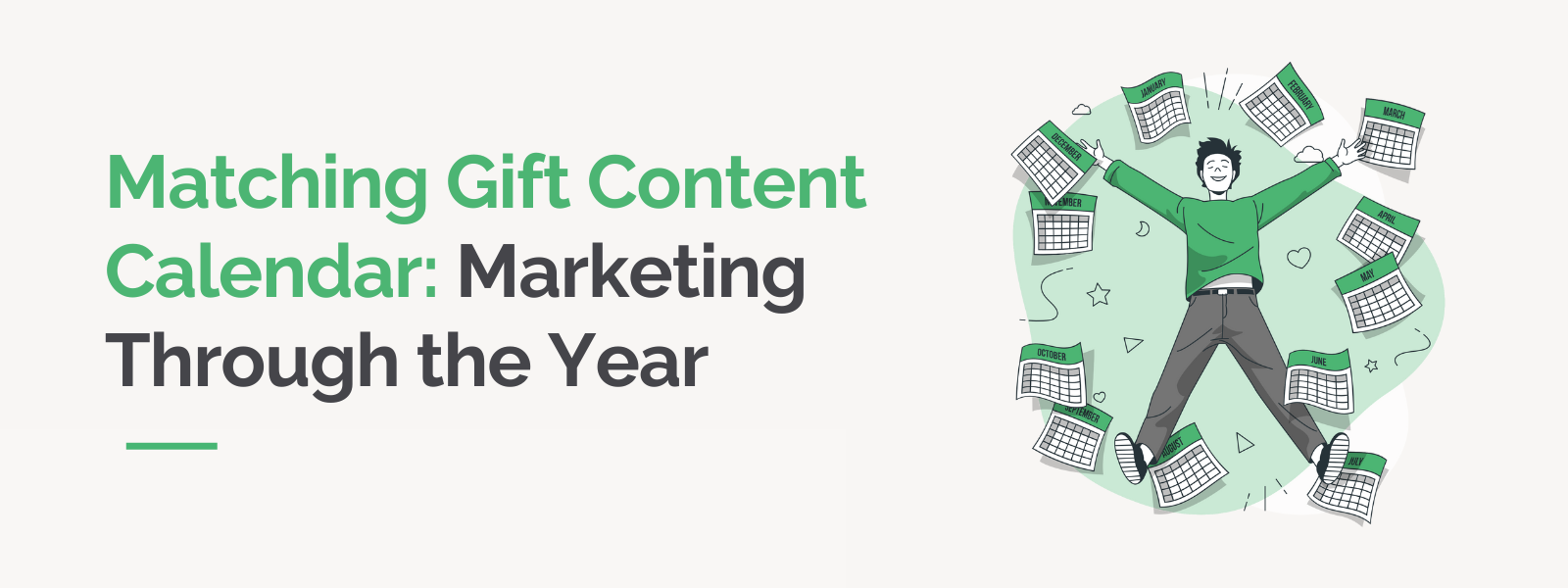
Matching Gift Content Calendar: Marketing Through the Year
Incorporating matching gifts into your nonprofit’s marketing…
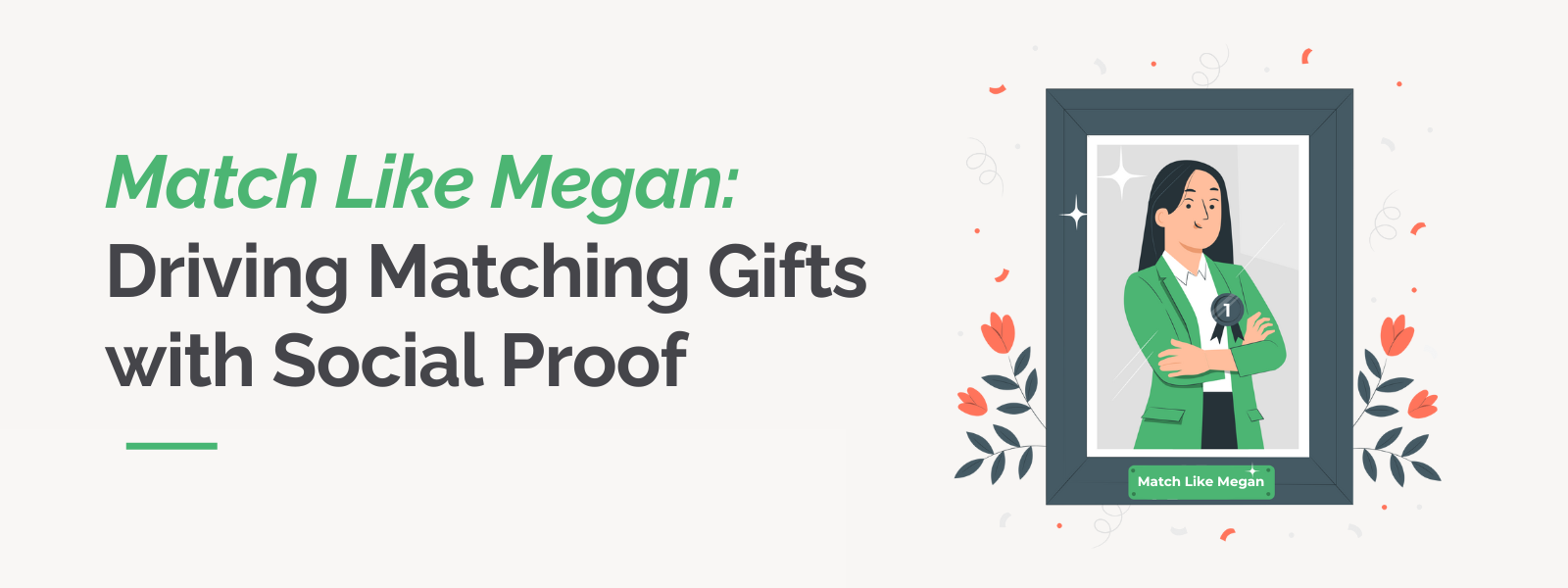
Match Like Megan: Driving Matching Gifts with Social Proof
In the world of fundraising, one of the most effective yet underutilized…
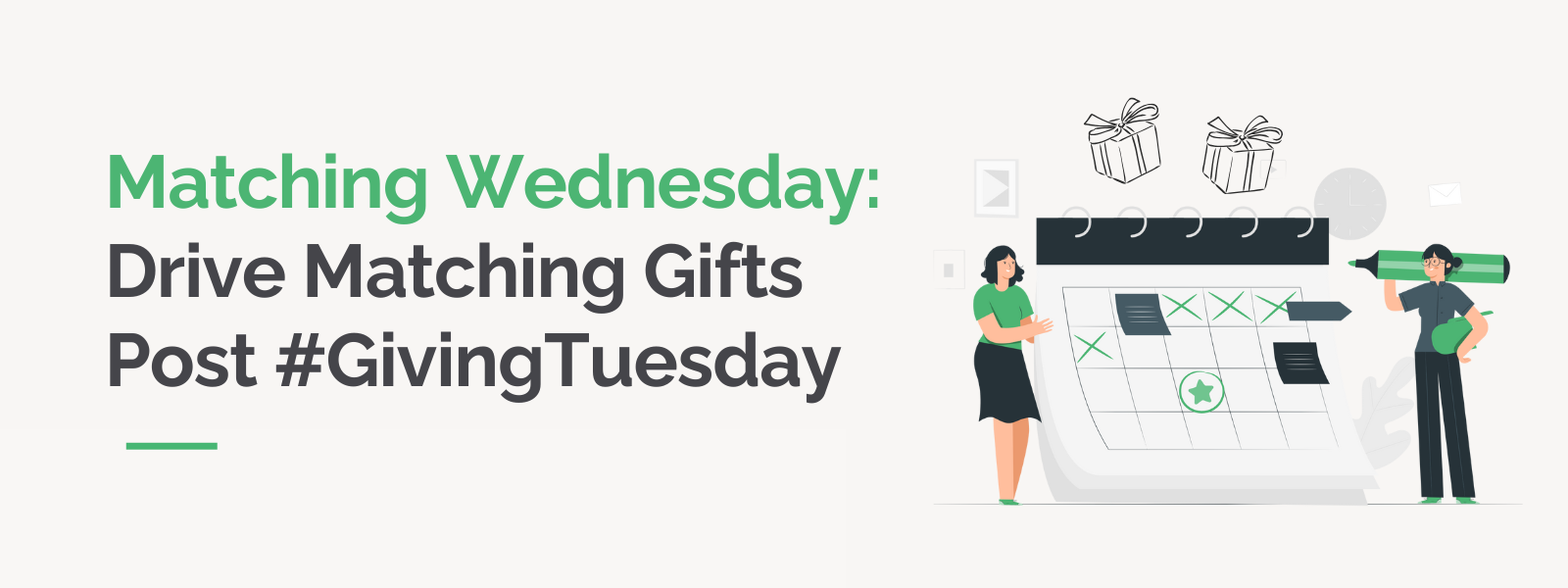
Matching Wednesday: Drive Matching Gifts Post #GivingTuesday
After the whirlwind of #GivingTuesday, many nonprofits find themselves…

How to Increase Matching Gift Revenue in 30 Minutes or Less
Are you looking to increase matching gift revenue but don’t…
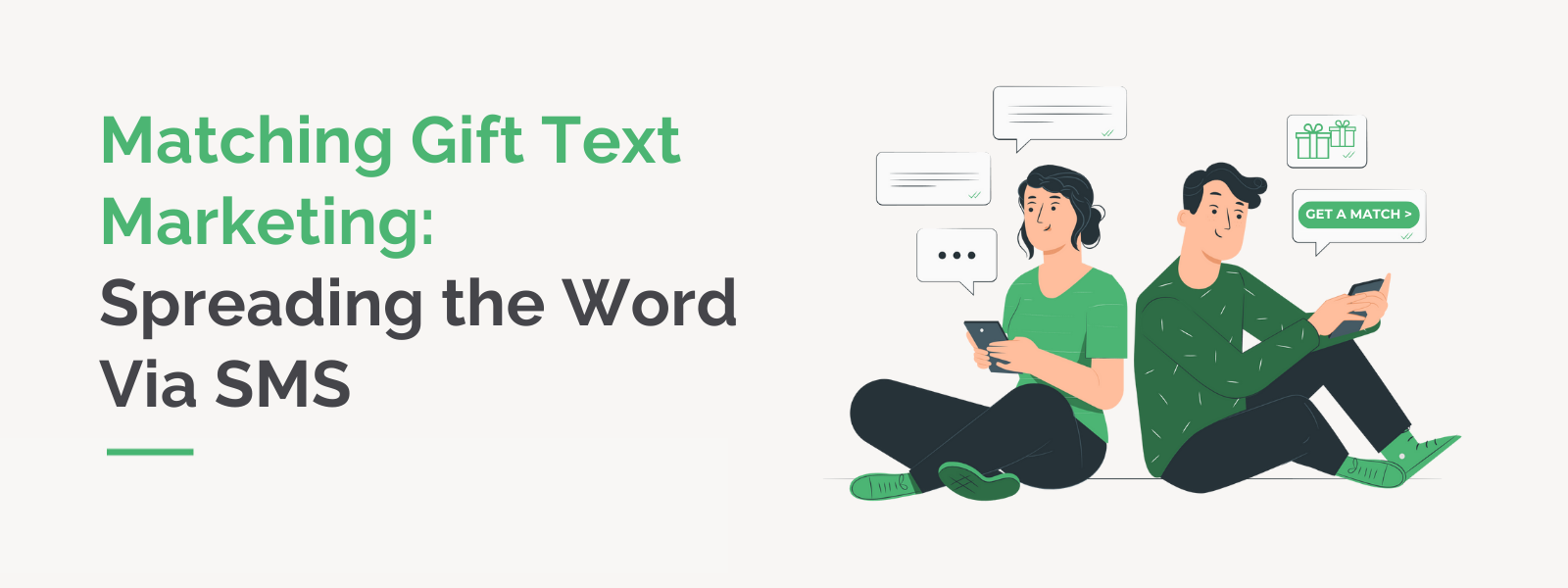
Matching Gift Text Marketing | Spreading the Word Via SMS
In today’s digital age, text messaging has emerged as one of…

7 Strategies for Marketing Payroll Giving to Your Supporters
According to recent payroll giving statistics, 59% of survey…

Demographic Appends: Does Your Nonprofit Need One?
Collecting data is essential for being able to contact your supporters.…

